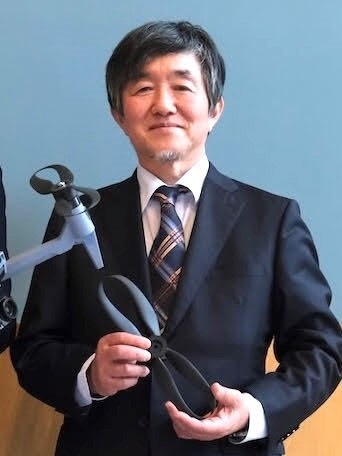Eiji SHIMA
Dr. SHIMA Eiji obtained a master's degree from Kyoto University and then joined Kawasaki Heavy Industries, where Dr. SHIMA engaged in research on CFD and aerodynamics for aircraft and railway vehicles. Representative achievements include the establishment of a high-lift device design method using CFD used for Kawasaki P-1 and C-2 aircraft, and research on the patented technology for the reduction of micro-pressure waves used for the N700 type Shinkansen.
After obtaining a doctorate in the numerical calculation of accretion flows in astrophysics at Kobe University, Dr. SHIMA transferred to JAXA and led CFD research on space programs, as well as research on all-speed Rieman flux schemes including SLAU scheme which is widely used as a standard one.
Dr. SHIMA is currently a member of the JAXA Aeronautical Technology Department and is primarily engaged in research on innovative aerodynamics for eVTOLs.
Abstract
Since all real fluids are compressible, compressible Navier-Stokes CFD can, in principle, be a numerical algorithm for fluids at all Mach numbers.
However, at low Mach numbers, where the large ratio of advection velocity to sound velocity causes several problems, incompressible CFD schemes have often been used as an approximation method.
The development of all-speed compressible CFD schemes has made it possible to cover most areas of aerospace engineering with sufficient accuracy and computational efficiency even for flows of about Mach 0.01.The key to these schemes is the Riemann flux.
The current all-speed Riemann fluxes have a simple formulation and are fast to compute, but the background theory is not simple.
This is because they have undergone various improvements by various researchers over time, such as shock capturing, handling of viscous flows, handling of hypersonic flows, and handling of low Mach number flows.
Therefore, we would like to provide an overview of the all-speed Riemann flux along with the history of research. We would also like to introduce JAXA's research as a current wide-ranging use case.
